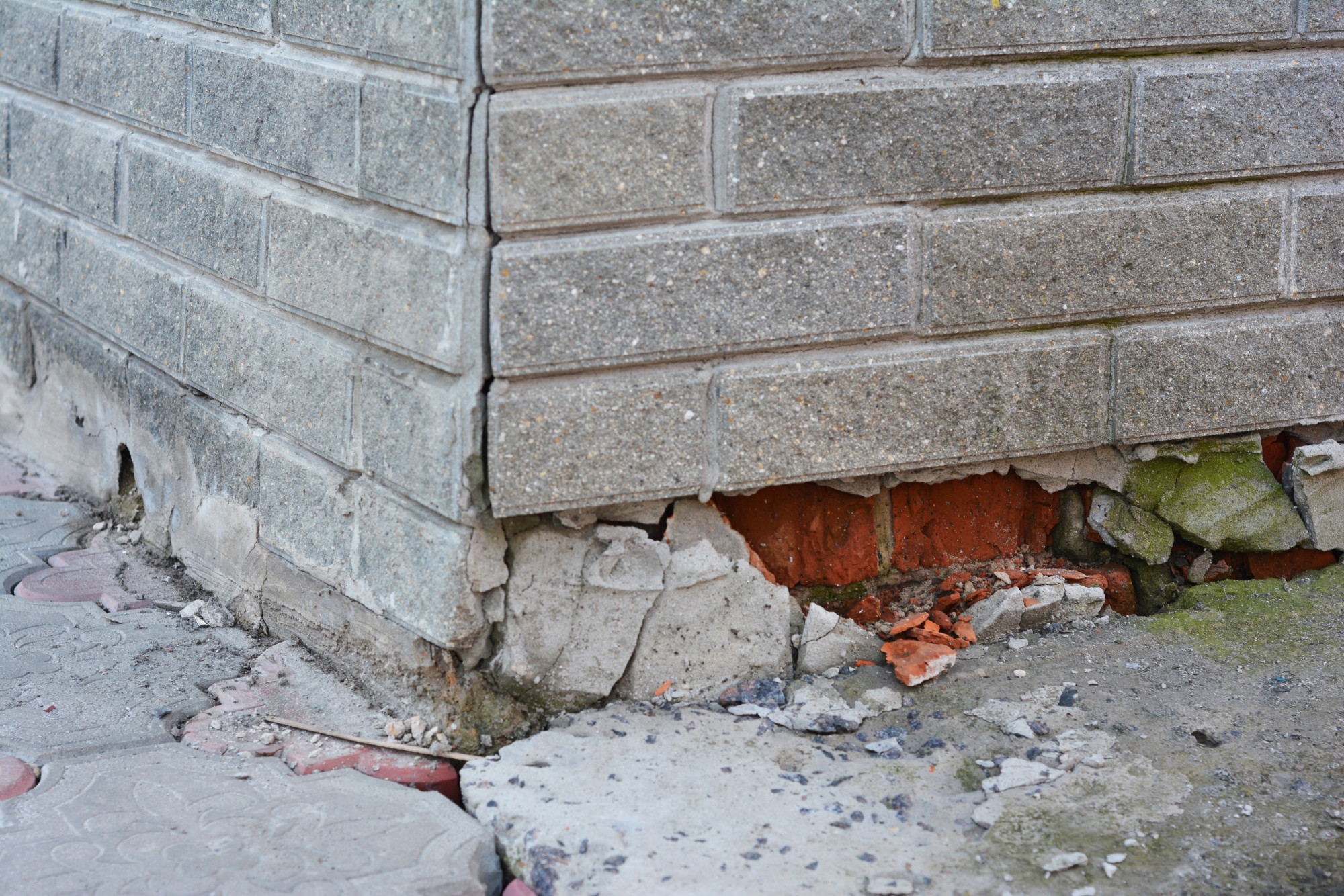
Repairing foundation issues can be a simple task or it can be a very complicated process. Depending on the extent of a foundation crack, it can determine if more effort is needed to protect the foundation. To evaluate the extent of the potential damage, it’s good to consider what may be causing the crack, how large the crack is or what direction the crack is moving. Here are some tips when reviewing the home foundation and when to worry.
Hairline to ½ Inch Cracks
If there is a large crack in the foundation wider than ½ inch then it’s time to talk to a local HD Foundations technician. Hairline cracks may be something people may brush off but if it’s becoming big enough to fit a coin in the crack it’s big enough to call a licensed professional. Hairline cracks are fine cracks that can appear on any surface of the foundation. Often these do not reach across and can appear at one end and then become faint before reaching the other end. These are not very serious unless there is a noticeable crack spreading.
Horizontal or Vertical
Horizontal cracks and vertical cracks that are wide enough to stick a coin in should be evaluated immediately by HD Foundations. They can evaluate the damage to give the best repair options. A horizontal crack often occurs in homes with basements or cellars. Cellars and basements are partially below curb level and can be subject to soil pressure issues and extreme cold. Soil pressure is basically gravity pulling and pushing the soil. Since homes are built right on top of nature, the soil tries to pull and push right up against the house. With enough force the foundation can crack horizontally over time.
Vertical cracks are often caused by the home’s natural settling, they are not as serious as a horizontal crack though they are serious enough to contact a professional for an evaluation if the diameter is ½ inch or more.
Interior Concrete Slab Cracks
The last crack type to consider is the one inside the home underneath the floors. Homes with a concrete sub-floor may experience cracking. Often this is inevitable but can be repaired. The same ½ inch requirement applies here. Its best to get concrete damage fixed while it is still repairable.
Pier and Beam Foundation and Cracks
Pier and beam foundations are also subject to cracking and erosion as well. Homes on piers are usually higher than curb level to help protect the home from surface water caused by nearby bodies of water, floods, high rain storms, mold/ mildew from floods, etc. These homes may protect themselves from these circumstances but they are still subject to cracking, shifting and damage. The beams on pier homes are often reinforced with rebar and set on top of a concrete slab far below the ground. Pier foundation cracks can be caused by poor installation, cracked or broken beams, soil pressure, and erosion.
Plumbing Leaks and Cracks
Plumbing leaks that are not fixed at right away can lead to erosion and cracking. Tap water can have a high mineral content and therefore can erode and weaken the concrete support. If the issue goes untreated it could lead to cracking and weakened foundations.
Trees and Cracks
In older homes it’s common to find a tree plant right next to the home, sometimes the tree is planted too close to the home. Not all trees are equal. Some trees that are placed too close to the home can have roots that spread and crack the foundation. For situations like this it might be useful to either get the roots cut back or just remove the tree. Foundation cracks caused by trees can lead to damaged pipes and a plant of other issues that can damage the foundation even more.
